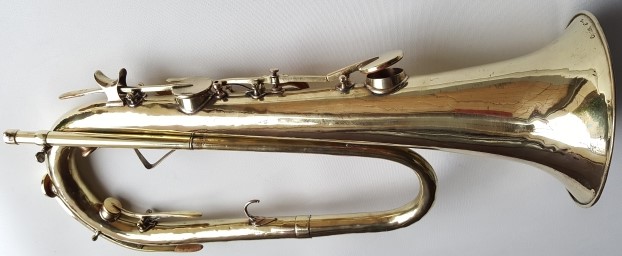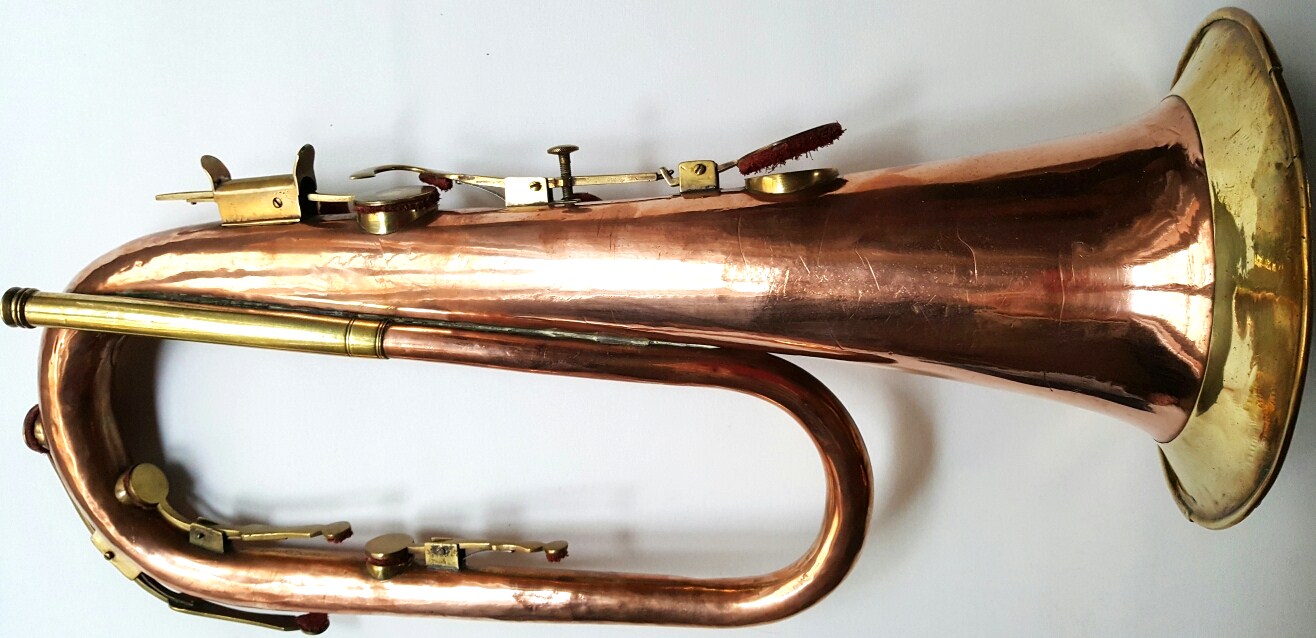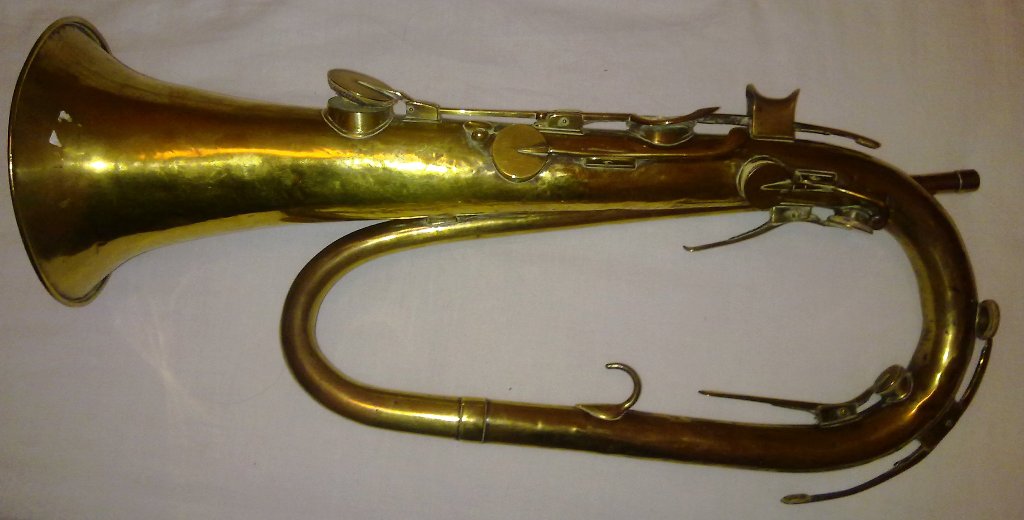Old Musical Instruments
Buying-Selling Early Musical Instruments
William Petit wpetit@sfr.fr Tel 00 33 6 13 12 43 22
Appraisal
Saxophones Selmer
Saxophones Adolphe Sax
Flûtes
Woodwind
Brasswind
Mandolins
Strings
Violin-Viola d'Amore-Quinton
Miscellaneous
Ophicleides / Bugle Keys Gautrot, Labaye, Halary, Courtois, Raoux, Collin à Paris
The ophicleide is a keyed brass instrument similar to the tuba.
It is a conical-bore keyed instrument belonging to the bugle family and has a similar shape to the sudrophone.
The ophicleide was invented in 1817 and patented in 1821 by French instrument maker Jean Hilaire Asté also known as Halary as an extension to the keyed bugle or Royal Kent bugle family.
It was the structural cornerstone of the brass section of the Romantic orchestra, often replacing the serpent, a Renaissance instrument which was thought to be outdated
The ophicleide was eventually succeeded by the tuba, although it remained popular in Italy until the early twentieth century.
The euphonium can also be called a successor instrument.
Keyed bugles were invented in England in the early 19th century, with a patent for one design, the Royal Kent bugle, taken out by Joseph Halliday in 1811.
This bugle was highly popular and widely in use until c. 1850
This variant of the bugle fell out of use with the invention of the valved cornet.
Modern instruments classified as bugles are often valved.
The new musical instruments are on my new website https://www.instruments-anciens.com/nouveautes
Website available on all devices :smartphones, tablets... Both websites are still online
|
|
Bugle keys by Collin à Paris |
|
|
Bugle keys |
|
|
Ophicleide Alto/Quinticlave Sold |
|
|
Bugle Keys Courtois Frères Sold |
|
|
Ophicleide Bb Les Ouvriers Reunis Sold |




